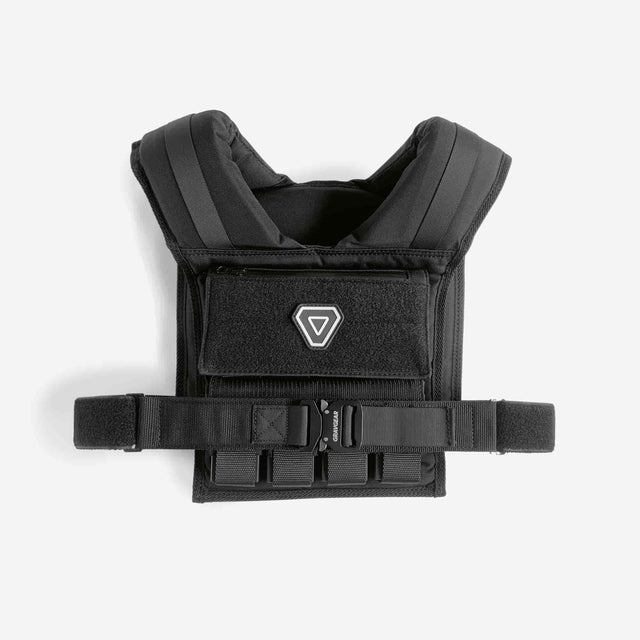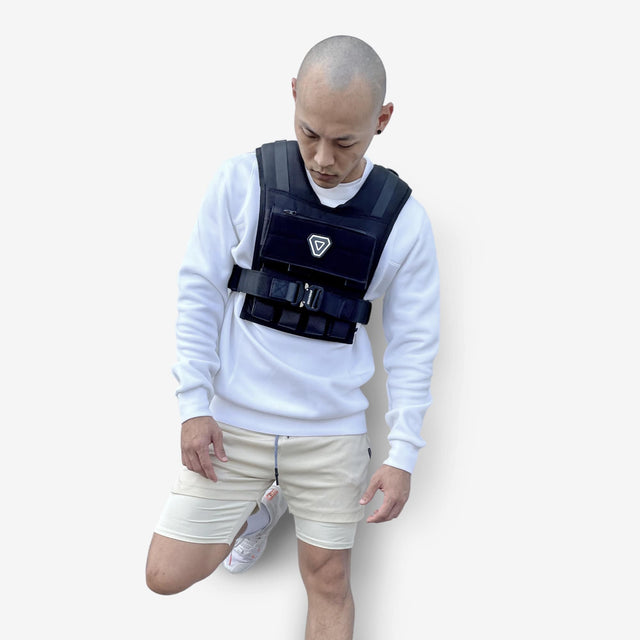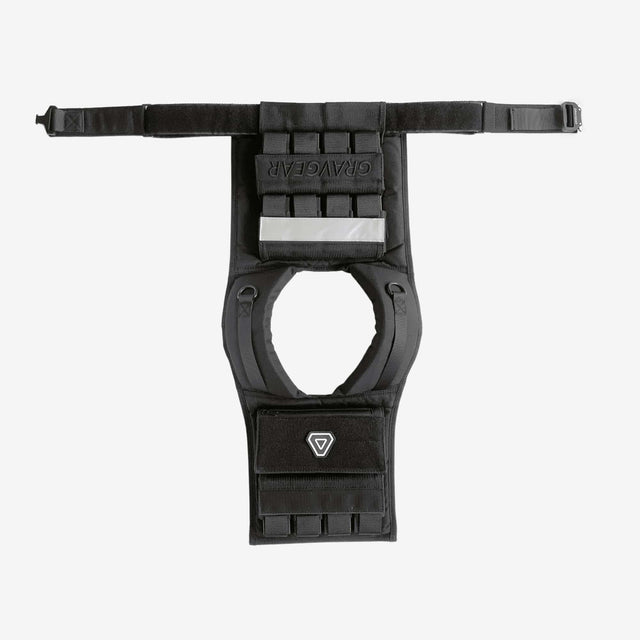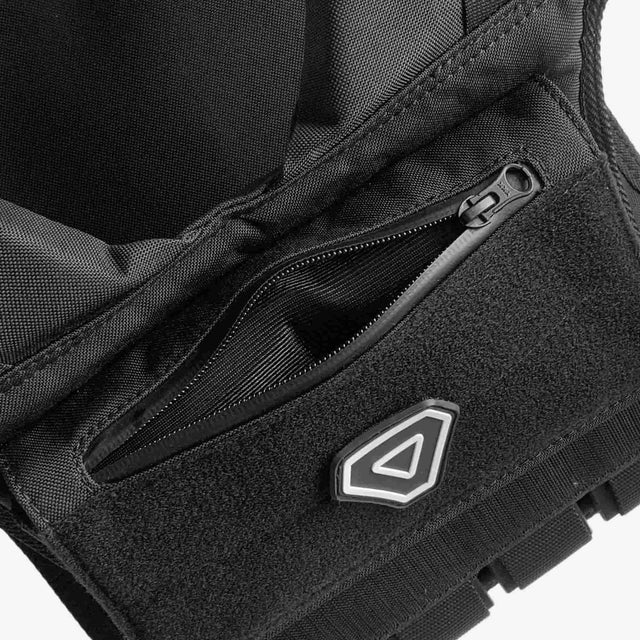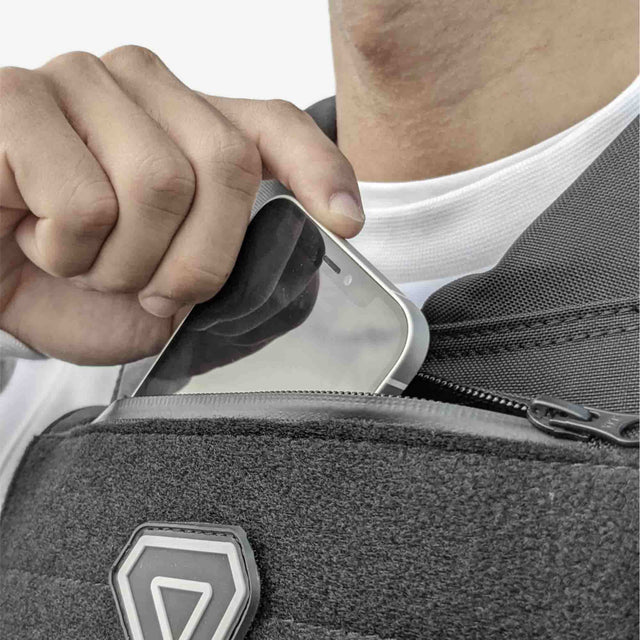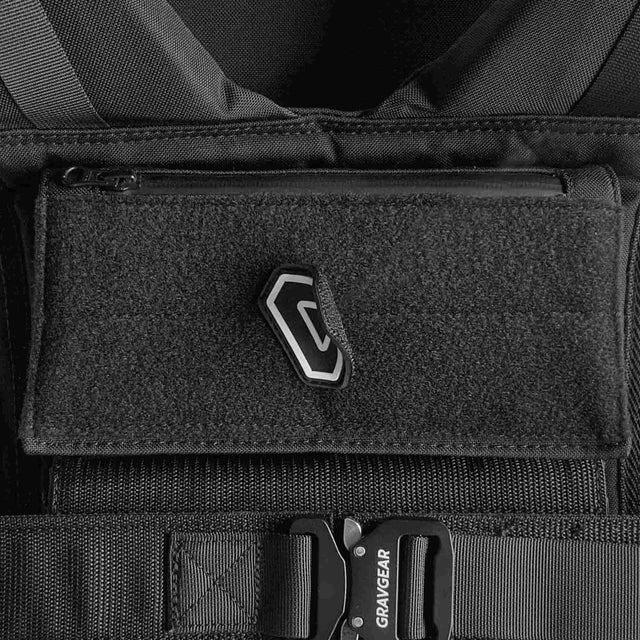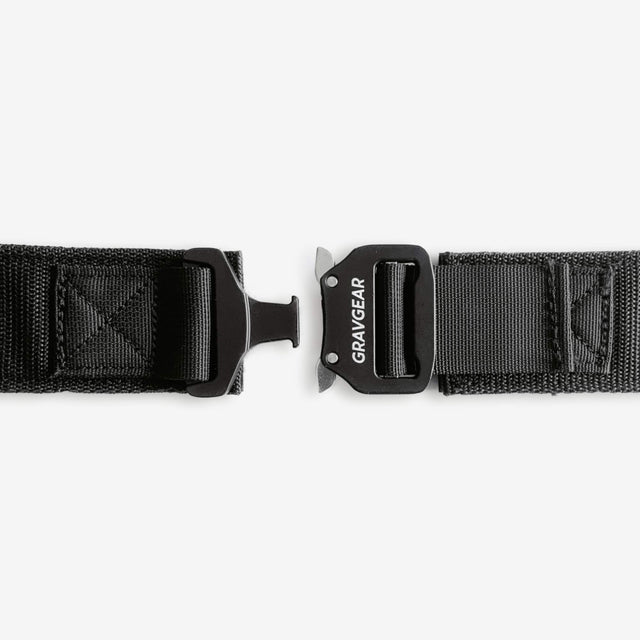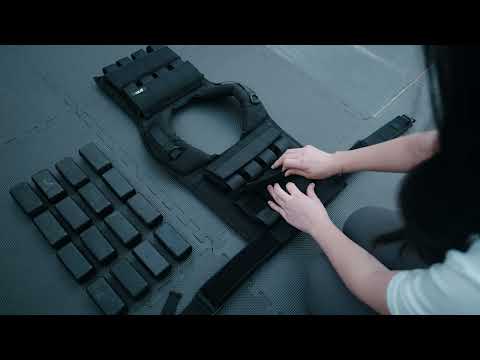Weighted Vest vs. Dip Belt: Pros and Cons
We have two great products for weighted training. The first is the traditional dip belt, and the second is a weight vest that you wear on your chest. Which one should you use? This blog post will review both items in detail to help you decide which product is right for you!
6. Comparison Chart to help you decide which one is best for you!
1. Weighted Vest vs Dip Belt
A weighted vest and dip belt are a great addition to weighted calisthenics training. When you advance and pure bodyweight is no more challenging, without moving to the harder skill, weighted calisthenics is the best alternative to gain stronger strength.
Weight vest comes in a variety of forms and designs. The weight can be built-in or portable, made of sand, metal ingots, or even water. Some vests come with a meter to check the training progress, while some have patching are for personalized patches and space for drinks bottle etc. We'll be using Grav Weight Vest for comparison in this article.
The dip belt is a common piece of equipment that consists of an open-ended belt with a metal chain attached. You can then chain up metal plates when doing dips or pull-up exercises from a high position (power rack/pull-up bar).
2. Pros of Weighted Vest
A weight vest, or bodyweight vest as it is also known, can add a substantial amount of weight to your workout. It offers the most support when using high reps, such as in calisthenics training.
The major pro for a weighted vest is versatility. You can use it for all types of training. Whether you need resistance to improve your speed and agility or want to work on increasing muscle hypertrophy and strength, a weight vest is a perfect tool to help with both goals.
Another pro for a weight vest is its comfort. It sits on your chest, so you won't have any hip (dip belt) or wrist pain at the end of the workout as some other weights may cause. In addition to that, it offers full support and will stay in place during all movements no matter how intense they are.
A weighted vest is also very easy to put on and take off. It takes no more than 10 seconds to get yourself in a weight vest to kick off your workout. The moment you are done with your workout, simply take it off and store it for next time.
Weight control with the weighted vest is more precise and able to start from a smaller number. For Grav Weight Vest, you can start from 1kg and add all the way up to 16kg. This is especially good for beginners.
One of the major advantages of using a weighted vest over a dip belt is that it is much safer. The lighter weight also means it is safer, as it limits how much you can load.
3. Cons of Weighted Vest
Weighted vest is much more expensive than a dip belt. The high price tag can be justified by the complex design and better use of materials. However, if you're not an avid weighted calisthenic practitioner and just want to try it out for a while, then a dip belt is definitely the way to go, from the perspective of price.
Like dip belts, the weight in weighted vest is adjustable (not all other models). But there is limited pocket and real estate on the vest to hold weight, which means that the ability to add weight and heavier lifts is limited. This can result in people who require something heavier ending up dissatisfied.
4. Pros of Dip Belt
A dip belt is one of the cheapest ways to add loads to your bodyweight exercises. It is especially a must-buy when you already have some metal plates lying around. If you don't, however, it makes lesser sense to buy iron-weight plates just for dip belt. And it would cost about the same if not more than a weighted vest.
Dip belt's biggest edge is the ability to load a high amount of weight. Heavy weighted bodyweight exercises like dip and pull-up are essential in developing explosive power and raw strength. That's the reason dip belts are often used in weighted bodyweight fitness competitions.
Another good thing about dip belt is the portability. Dip belt itself is super lightweight and generally does not weigh more than 500 grams including the chain. You can take it anywhere with you, even on a trip or vacation without any problem. Of course, it will only be useful if the places you bring it to already have some weight plates to use.
While the dip belt itself is small and lightweight, some high-end models offer extra features like bottle holders and patch slots to personalize your own equipment. It depends on how much you are willing to pay.
5. Cons of Dip Belt
A major con for a dip belt is that it takes more time to put on and off than a weighted vest. It is not so much of a problem for an experienced trainee who can get himself ready in less than 15 seconds. But it might be frustrating, especially when you're trying to transition between exercises quickly and your hands are already occupied with holding iron-loaded chains around your waist.
You can only use a dip belt in very limited exercises. Dip and pull-up are prime examples. The reason being the weight plates will be held between your legs, so you can only train the move in an upright position. You should also have some room below your legs. As a result, high-rise dip bars or gymnastic rings are frequently utilized.
Another annoying part is that you have to take off the weighted dip belt every now and then. The more weight you use, the more comfortable you are going to get around the waist. You could opt to kneel down on the ground during your resting periods.
Dealing with heavyweight plates also means a higher chance of injury. You need to be extra careful when loading on and off the weight. Also, having a heavyweight constant pulling down at the end of your spine is going to be bad for your posture in the long term. Generally, you want to minimize the time you are underloaded.

